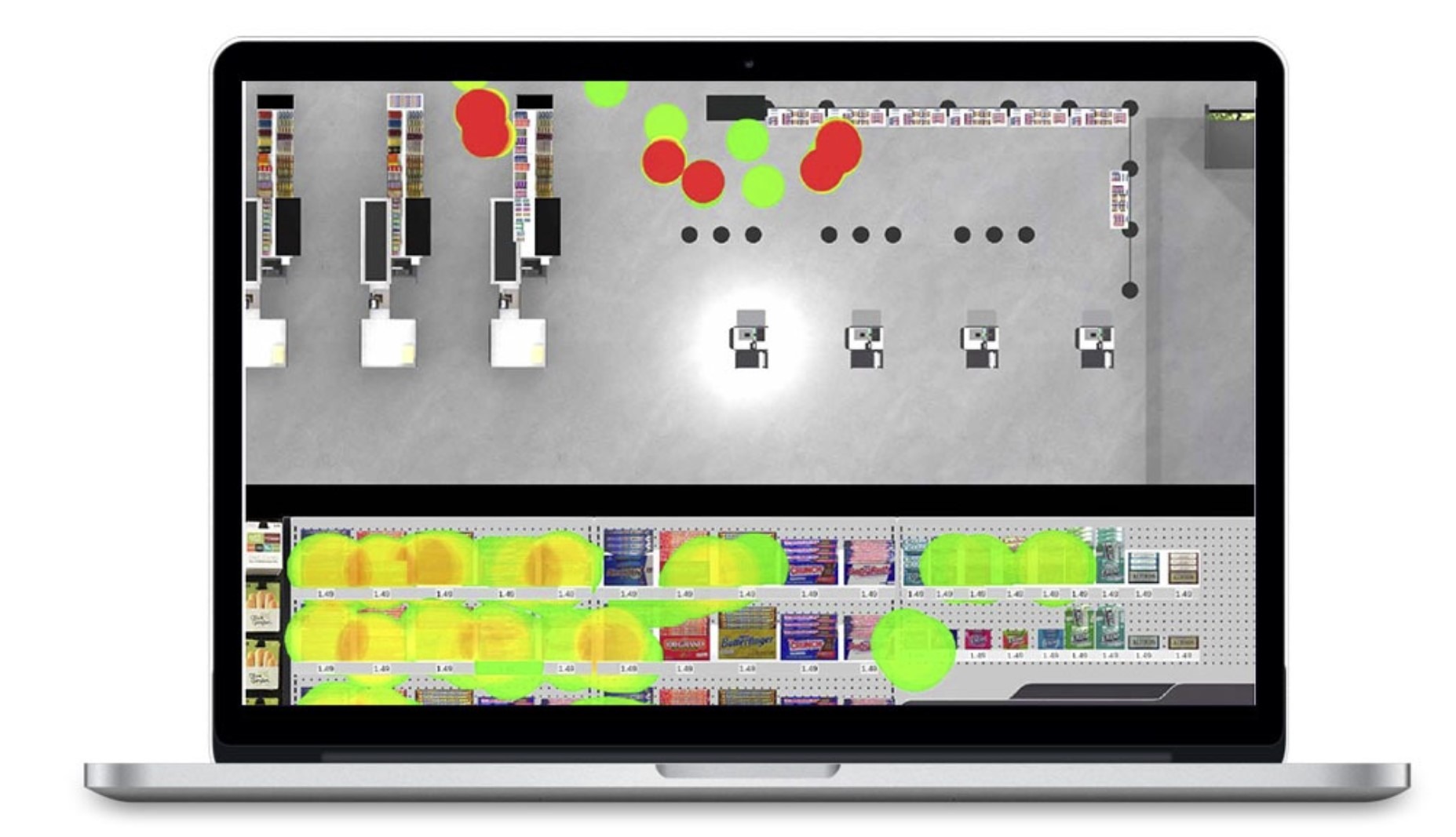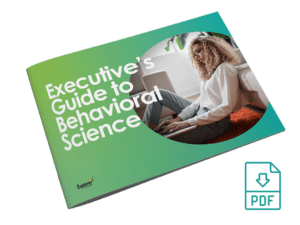Post-pandemic tendencies have swayed consumers’ shopping behaviors drastically. Shoppers have stopped impulse-buying products at the registers and opted for online shopping exclusively. This decline in the front-end impulse buy has affected how companies are restructuring the shopping experience.
What was once an all-inclusive shopping affair is now solely needs-based. Even the products that some retailers offer at the checkout have gone from being wants-based to needs-based; travel-sized necessities like hand sanitizers, face masks, batteries and other “don’t forget” items, rather than small toys, gadgets and an array of snack foods.
WHAT HAS CAUSED THIS SHIFT?
According to a recent study by Explorer Research, the issue goes deeper than simply not being interested in the products offered while checking out:
46% feel stressed
43% are sticking to their list & trying to save money
40% don’t want to touch or pick up a product at the front end
48% want to exit the checkout as quickly as possible
To pinpoint this shift in consumer behavior, we must clearly define the shoppers’ “buying impulse” as a sudden urge to buy something without any planning or forethought. Buying impulses are the “trigger” or initial reaction a customer has to something they didn’t previously desire before coming into contact with that item.
Once a consumer experiences a buying impulse, a couple of factors come into play:
Consonant Factors – This factor typically denotes perceived agreeableness and stability. Consonant factors state that the impulse purchase is in line with what you desire, your budget and how you feel at the time. This factor is sometimes offset by dissonant factors.
Dissonant Factors – This factor typically denotes disagreeableness and a need of resolution. Dissonant factors make you feel that impulse buying something could have a negative impact on you, so you try and exert self-control to try and stifle the desire to purchase it.
Before the Covid-19 pandemic, you would likely find that most shoppers were okay with impulsively buying a snack or other desired item, being that they feel they’ve earned it at the end of a trip, taking into consideration that it wouldn’t have much effect on their overall budget. In other words, they were more easily “agreeable” with their consonant factors. Today however, our research shows that shoppers are more concerned with the dissonant factors surrounding their check-out experience and products within it. The result? Consumers feel “less safe” purchasing impulse items, due to the effect it may have on their wellbeing after the fact; whether mentally or monetarily. After the toll the pandemic has had on the economy as a whole, who can blame them?
WHAT CAN YOU DO?
There may still be hope for retailers yet. Consumer behavior is ever-evolving, all they need to do is evolve with it.
1. TRIGGER IMPULSE EARLIER: 48% of shoppers’ impulse purchases are triggered “before” they actually enter a checkout lane. The checkout process now is less stable and consistent than it has been in the past. Some stores instruct shoppers to wait until the checkout is completely clear before adding their items, with a brief cleaning between shoppers. Other stores instruct shoppers which lane to check out, in order to organize and maximize volume of shoppers. The checkout itself is sometimes the highest pressure situation of the entire shopping experience. Through these changes to timing and curation, the impulse purchase trigger gets interrupted. To circumvent this, consider adding a large impulse-zone before shoppers enter the front aisle to better capitalize on this impulse buy trigger.
2. SIMPLIFY ASSORTMENT: If the checkout lane is divided into three parts, our research has found that impulsivity is highest in the first third of the lane. We’ve also identified that in order to drive higher conversion, you must simplify your assortment and focus on the best-selling SKUs. This is especially relevant to anxious shoppers during the pandemic. Simplifying to high-selling items, particularly in the first third of the checkout, eases navigation and shopper stress – thus helping drive impulsivity.
3. RETHINK PACKAGING: Shoppers no longer trust that front-end products are safe. It’s necessary to rethink the packaging for immediate consumption products, in order to ease the consumers’ hesitation about these products. Adding more safety features, such as an IC multipack, can be a possible solution that uses a clear protective overwrap. This not only ensures the quality of the product, but allows for transparency within the retailer/consumer relationship.
4. CHANGE YOUR MESSAGING: Our behavioral science research has identified that it’s important to give people a sense of control, especially in light of the pandemic. In order to resonate with shoppers, you must communicate positively, reinforce the feelings of belonging and community and demonstrate empathy by recognizing virus-preventing efforts. This change in rhetoric could swiftly, if not drastically, reduce those dissonant feelings they are experiencing.
Here are a couple of examples of this type of messaging:
a. Emotional Rewards: “You deserve a reward, especially right now.”
b. Reciprocity: “Your family has been keeping themselves and others safe by quarantining . . . show them you care.”
Our interpretation of today’s consumer behavior market: the old impulse buy playbook is obsolete. It is beneficial to leverage our behavior science findings in order to drive impulse purchases. Test out new strategies based on these findings, or allow us to help you formulate these new strategies efficiently and effectively with our online Virtual Reality Front End Builder.

Need more insight into consumer behavior? Check out our Executive’s Guide to Behavioral Science below!
This article was written by Marc Inkol, Founder of Explorer Research with contributions by Lucy Raia, Vice President of Immersive Qualitative Testing.



